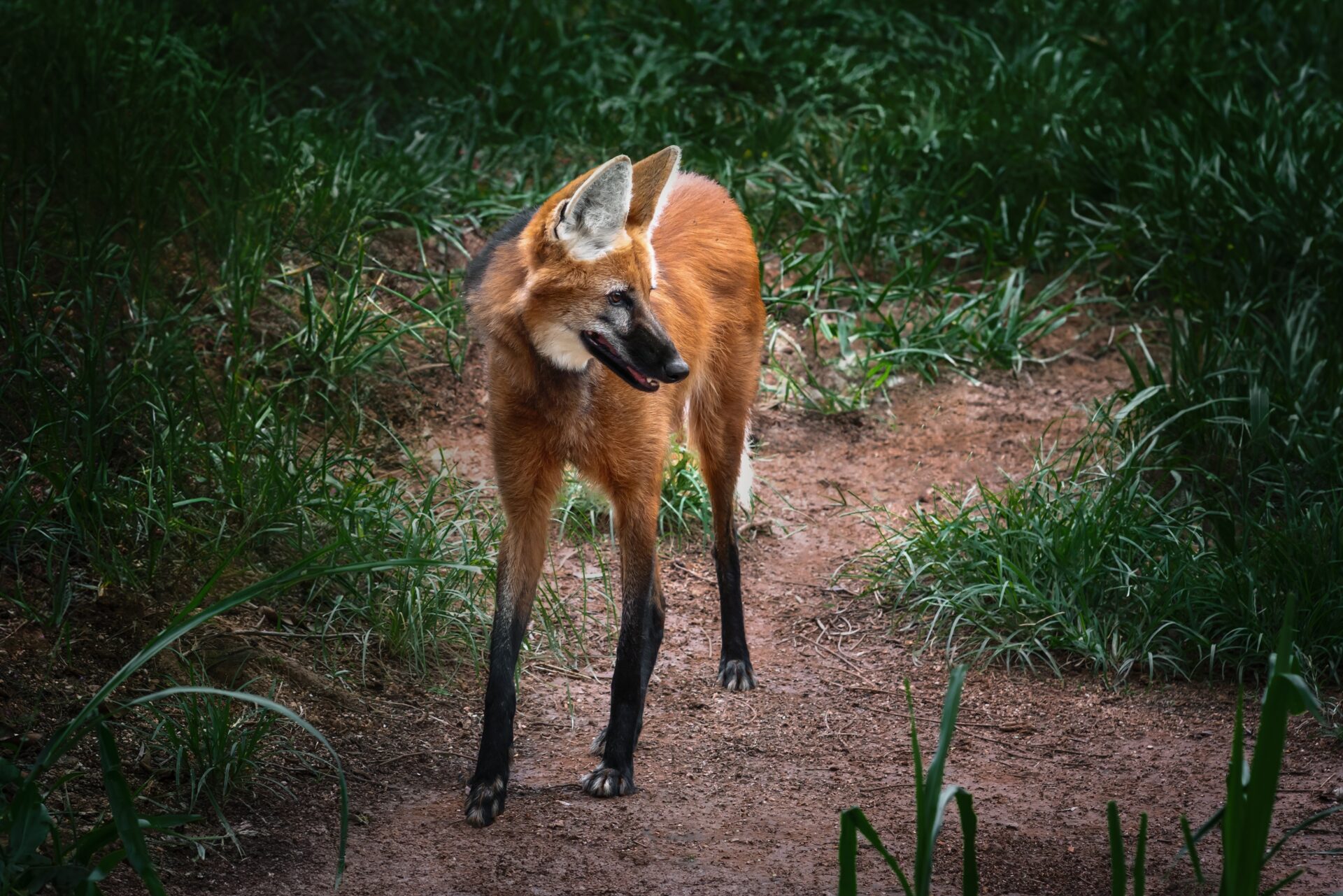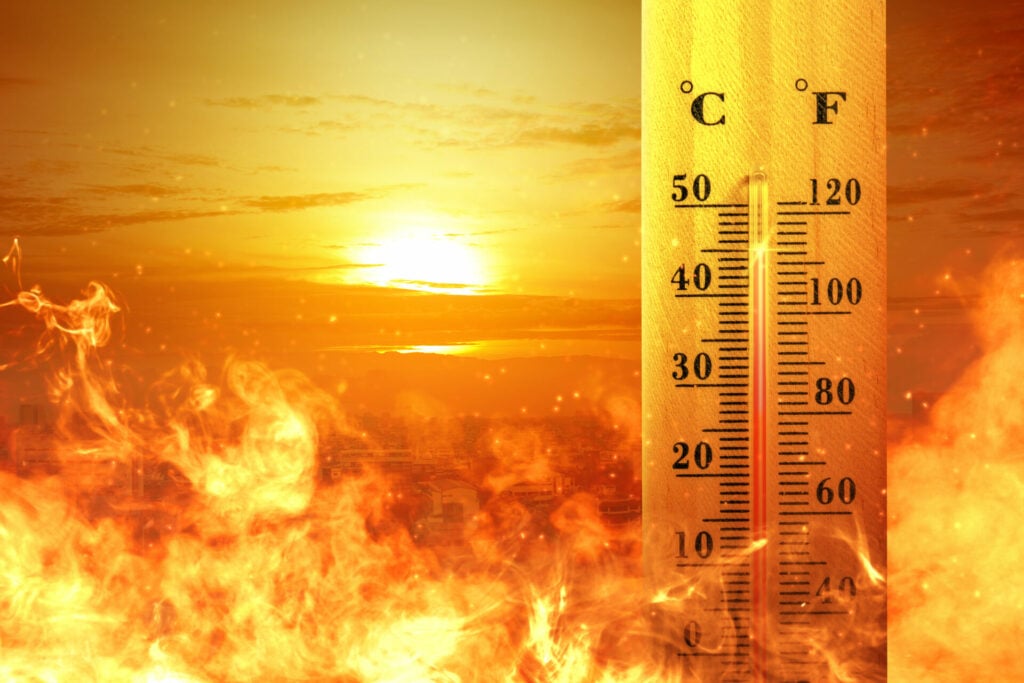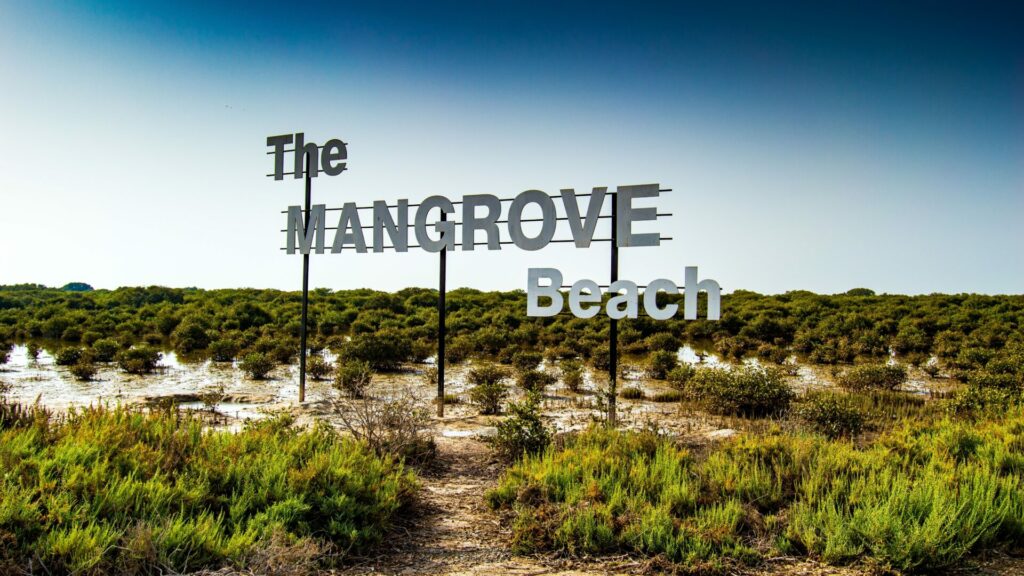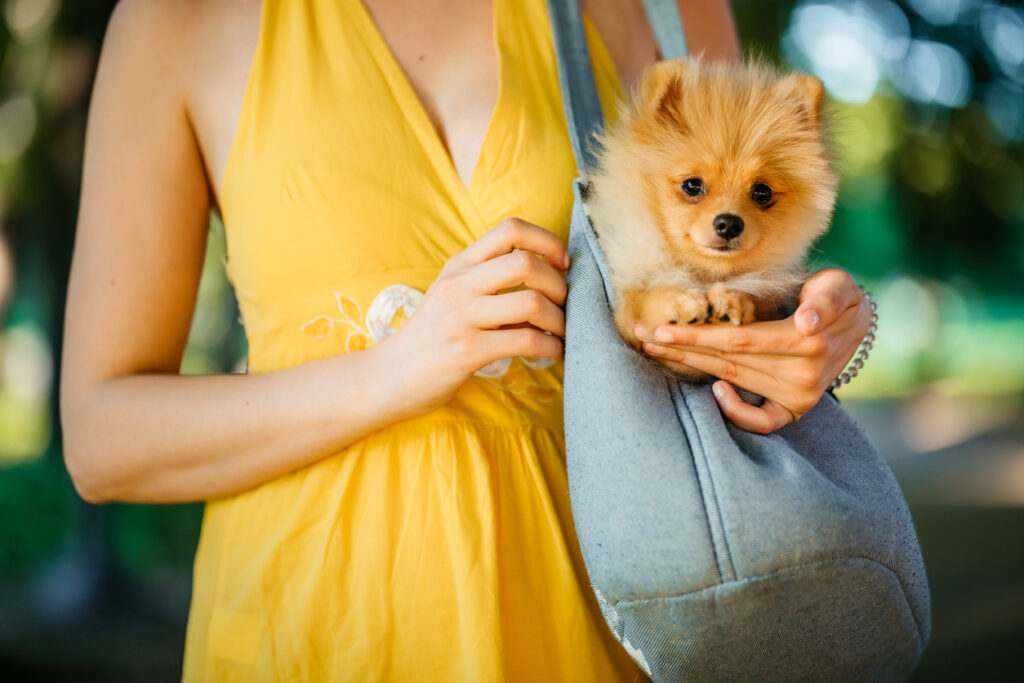From the capital city Brasilia, we drive for six hours to Pousada Trijunção – and clock up 333kms – over wide open spaces dotted with vast farms and ranches in the heartlands of Brazil; the red, dusty vistas sporadically brightened by the bright yellow flowers of the Ipe tree in full, splendid, winter bloom.
As the hours pass by and we go deeper into the savanna, the roadside gas stations become ramshackle, the cachaca (local rum) for sale looks suspiciously bootleg, and the tarmac runs out. The last 90 minutes of the journey is a tester – a real bums-off-the-seat boneshaker – but eventually, we turn off the wide, sandy, potholed road and onto a smaller track, flanked by low, dense foliage. How happy I am to see signs to Pousada Trijunção, an eco-lodge set in 33,000 hectares of protected land, our base for exploring the Cerrado, the second most diverse biome in South America, after the Amazon, that rarely gets the attention it deserves.
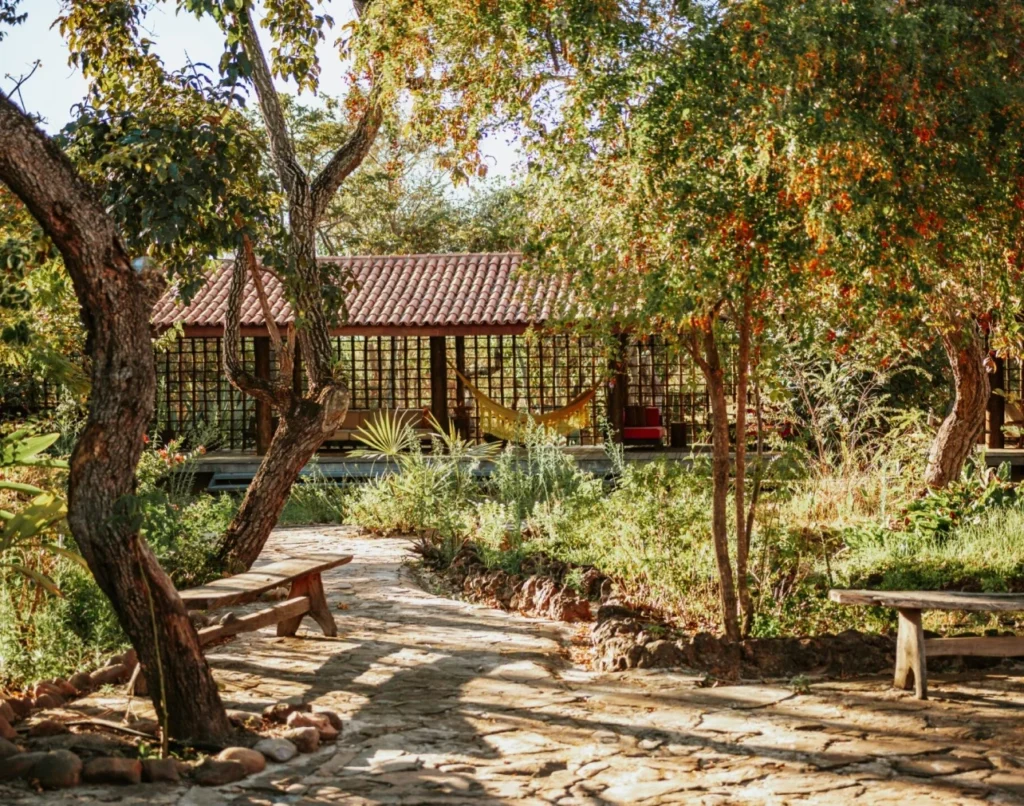
Never has a cliché been more apt, so I’ll use it here: reaching Pousada Trijunção feels like arriving at an oasis in the desert, albeit one that offers understated luxury, with a rustic-chic design of wood and thatch, in keeping with the environment, decorated with handmade, traditional furnishings. There’s a Toco toucan sitting in a cashew tree of the central courtyard that looks ornamental (its red and yellow beak and jet-black plumage far too perfect to be real, surely?) so it gives me quite the start when it flies off. This sets the bar for the wildlife encounters – the region is home to 850 birds specie, with 200 species recorded around the lodge – and serves as a reminder that it’s wise to pay attention here, as this is no ordinary landscape.
Not many people know of the Cerrado, which is extraordinary when you discover that it covers two million sq km, is responsible for 70 per cent of Brazil’s water reserves, and is the world’s most biodiverse savanna. It is also the most threatened due to land devastation, mainly for soya production, even though it is home to 200 species of mammals, 180 species of reptiles, 90 million species of insects, and 11,000 plant species.
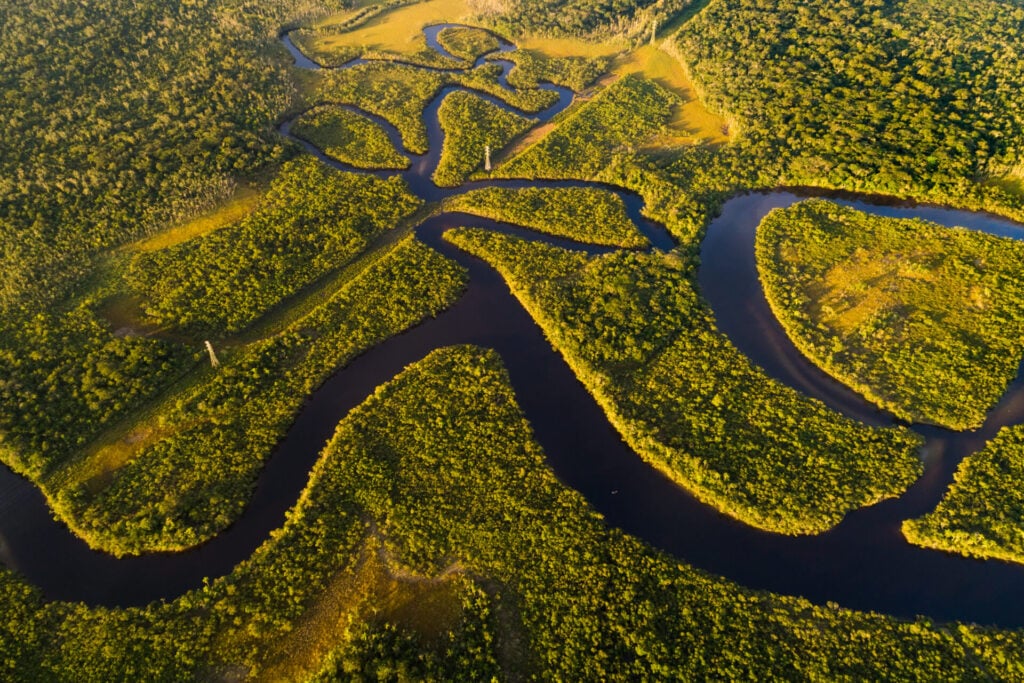
It was Planet Earth III, narrated by Sir David Attenborough, that raised its profile in 2023, with an episode that starred the endangered Maned wolf, the largest member of the Canidae family in South America. Over three years, the film crew used Trijunção as a base while following the story of Nhorinha and her cubs, working closely with NGO Oncafari, who combine ecotourism with scientific study, wildlife preservation and conservation work.
It’s an understatement to call Trijunção a trailblazer. Their aim is to make every visitor a guardian of the biome, and allow access to all areas of the reserve. As well as practicing regenerative tourism, agriculturally they operate in stark contrast to the mega businesses of this region.
Their farm, Fazenda Trijunção, was founded in 1995 to set an example of sustainable farming while preserving 33,000 hectares of biodiversity. They’re currently planting vineyards, olive groves, and have a goal to be Brazil’s largest producer of vanilla. They keep more than 90 per cent of territory preserved, which includes 12,000 hectares that has been integrated into the Grande Sertao Veredas National Park as an ecological corridor to ensure that vulnerable animal species, such as the Giant Anteater, Jaguar (in the early stages of habituation in this region), and the Maned wolf, are protected.
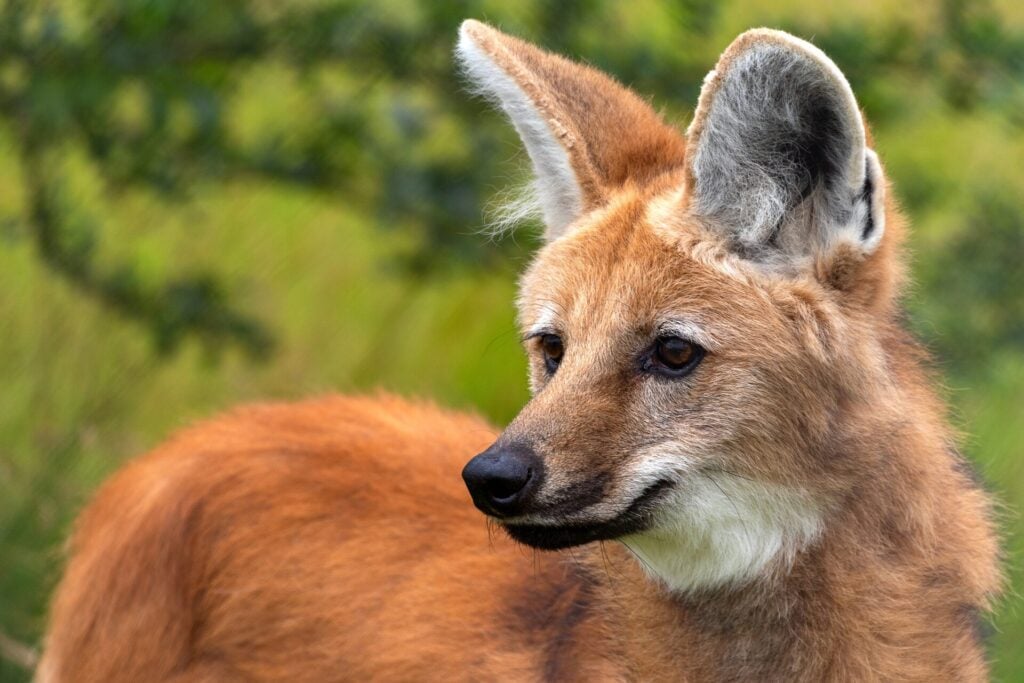
Since the premier of Planet Earth III, the latter is what all visitors hope to encounter, but patience and luck is required to catch sight of this predominantly nocturnal animal, and so safaris take place before sunrise and sunset. As we set off in a jeep, just as day dwindles, Kiara, our Oncafari guide, turns our attention to the termite mounds. ‘Keep an eye on those,’ she says. ‘Because Maned wolf love to climb on top of them to poop.’
On the Trail of the Maned Wolf
It’s not such a ridiculous image as it sounds when we learn that this is so that the wolf’s scent can be spread further over their territory. It’s a little difficult to stay focused as other creatures call for our attention – four flighty Barn owls, a prehistoric-looking Rhea (a cousin of the Ostrich and Emu), and a splendid six-banded armadillo rooting out insects, its silver armour caught in the twilight – but for this evening, a sighting of a female Maned wolf named Savanna, one of Nhorinha’s puppies, is our priority. Now adult and with a family of her own, she is radio collared and monitored for her own protection.
Kiara soon picks up a signal, and we wait as the beeps come and go. Within an hour, we catch several glimpses of the shy, russet-brown wolf, her coat aflame in the setting sun. Her long, bushy white tail serves as an excellent marker as we attempt to keep track of her movements while she’s on the hunt for small mammals such as cavy, a common guineapig-like rodent. Then she crosses the track right in front of us, and it’s easy see why she’s been nicknamed the supermodel of the animal kingdom, which is down to her immense beauty and those long, slender legs. The uninterrupted view of her feels like finding treasure.
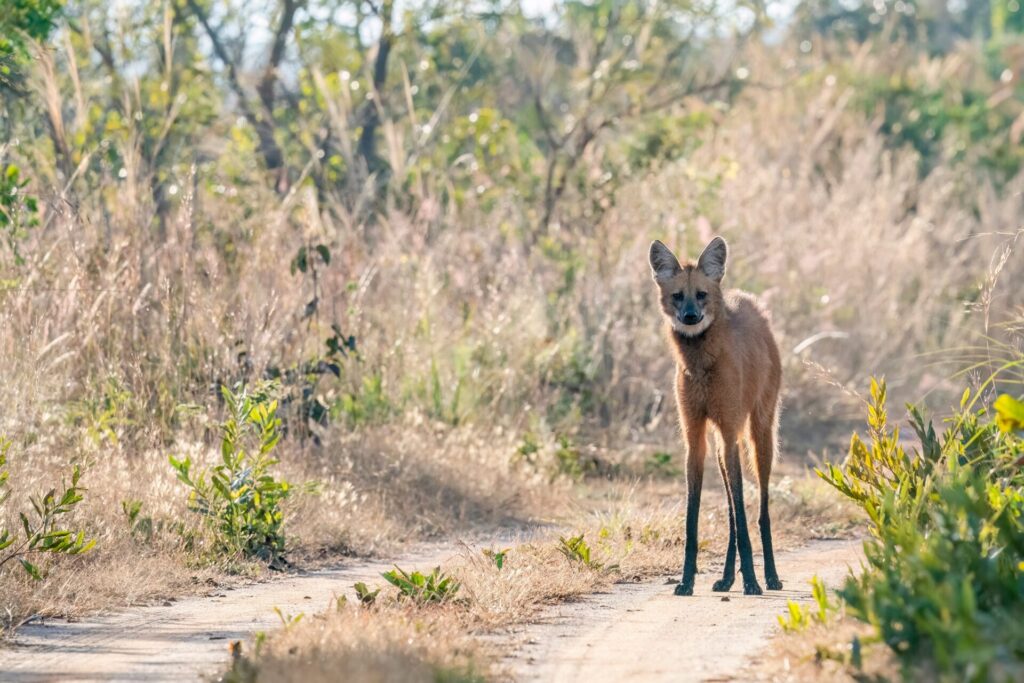
Activities here are always small group and guided by a biologist or conservationist, while positive impact tourism is fostered by the guides who constantly stimulate our connection to the Cerrado’s fragile ecosystems. ‘Look at this,’ says Vinicius ‘Vinny’ Vianna, our main guide, whose specialism is ornithology but who is also a human encyclopaedia on all aspects of the Cerrado. He’s pointing to holes in a sandy ridge of various sizes. ‘This is where armadillos and Burrowing owls live side by side in their dens.’
Turning Guests into Guardians
Before sunrise, we drive out in sleepy silence as the sky turns from black to inky mauve, as birds shake feathers and stir. It’s the blue and yellow macaw that are first up, a whirl of colour and in good voice.
Caught up in Vinny’s enthusiasm, I’m keeping a list of everything I see, and among the most colourful are the Crimson-crested woodpecker, Glittering-throated emerald, Peach-fronted parakeet, and the Fork-tailed flycatcher, their long tails bobbing in the breeze. To reach Macaw Lagoon – Lagoas das Araras – named for the birds that nest here in the hollowed-out holes of dead palms, we cycle 6km, accompanied by Red-legged Sereima, known as the Brazilian roadrunner, that can reach speeds of up to 40km per hour.
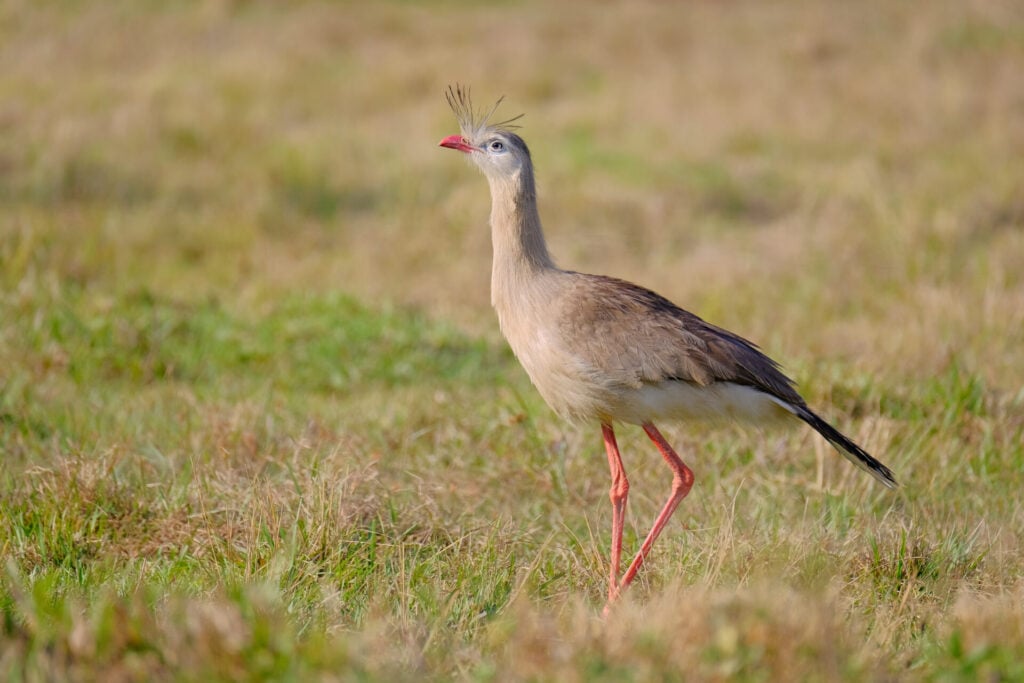
Today, I’m looking down more than up, which brings regular sightings of both Maned wolf and puma pawprints; the latter providing tantalising evidence that these large cats prowl here at night, but by day are rarely sighted.
The hours spent at the eco-lodge between excursions are dreamy. I sit by the pool or bubble away in the hot tub and watch the hummingbirds, and the Campo flicker woodpecker, hopping in the undergrowth.
In addition to spotting animals in the wild, Pousada Trijunção has a conservation and breeding programme for animals such as peccaries, tapirs, and yellow-footed and red-legged tortoise, many rescued from the illegal pet trade. Most are released back to the wild, but there are some, like the elderly, solitary Pampas deer that we meet, that will remain.
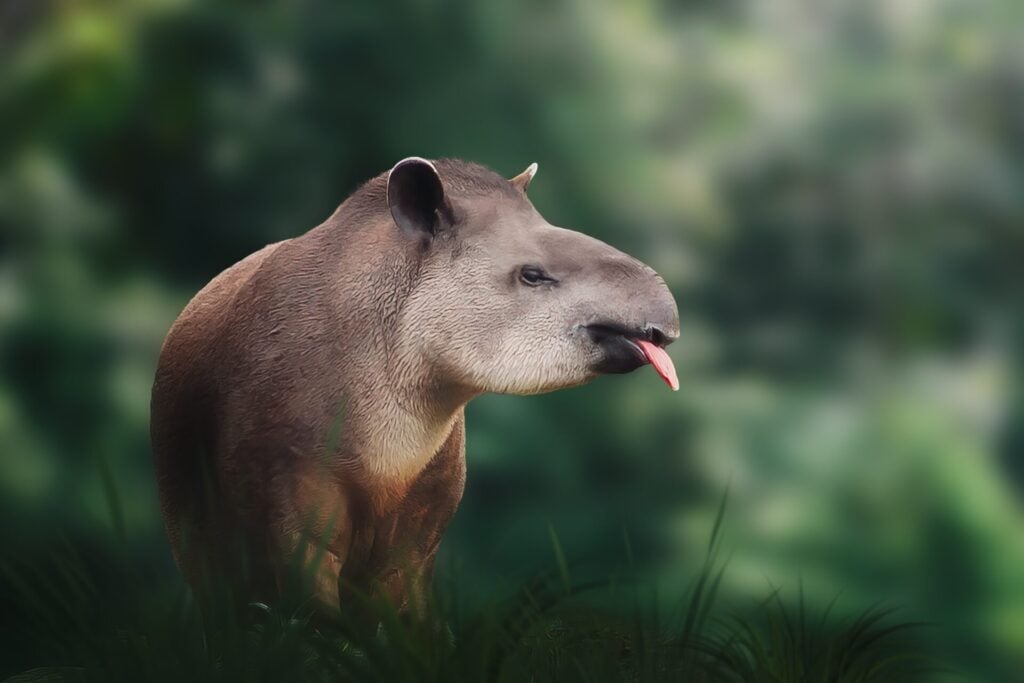
On day four, we climb to the top of a red earthed escarpment, which marks the border point of the Bahia, Goias, and Minas Gerais states, and take in the full view of this critically endangered landscape, above which a pair of Toco toucan streak under a vast, tangerine-splashed sky.
We think this is perhaps our final wildlife encounter, but Savanna has other ideas, fleetingly gracing us with a very rare presence in the grounds of Pousada Trijunção on our return.
Brazilian folklore has it that if you stare into the eyes of a Maned wolf, it will magically entrance you. I do and I’m spellbound for the briefest of sweetest moments, and then, in the blink of an eye, Savanna is gone.
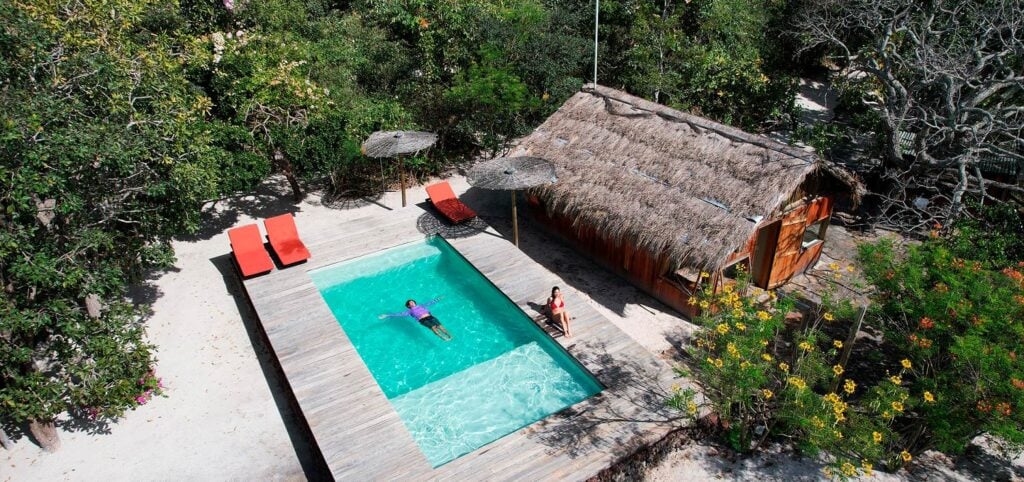
Pousada Trijunção: The Facts
Eco-Credentials
As well as funding much conservation work, including that of Onçafari, solar panels are used to heat water, natural demolition wood is used for construction, furnishings are the work of local artisans, staff and services are provided by local residents, the restaurant is supplied by the farm’s vegetable garden, single-use plastic avoided (guests are given a drinking thermos, and are asked to refill from clay filter water stations), organic and recyclable waste is disposed of correctly, and products in the gift shop are from the Artesol cooperative, a non-profit organisation that promotes Brazilian handicrafts and generates income for small artisans around the country.
Best time to Visit
For wildlife spotting, March to October is best, with pleasant temperatures and limited rainfall. Between June and October, you’ll get the most sunshine hours and lowest humidity.
What it costs
Kate travelled with Rainbow Tours, experts in creating bespoke itineraries across Latin America. An eight-night itinerary staying in Brasilia and The Cerrado, costs from £3,695 per person sharing, including all flights, transfers, accommodation, and full board and activities at Pousada Trijunção. For more information and to book, visit rainbowtours.co.uk and pousadatrijuncao.com.br
Getting there. If you don’t want to travel by road, Pousada Tutabel can arrange a light aircraft service that operates from Brasilia Airport. Price on request.
Kate Wickers is the author of best-selling travel memoir Shape of a Boy, My Family & Other Adventures, available now on Amazon.

